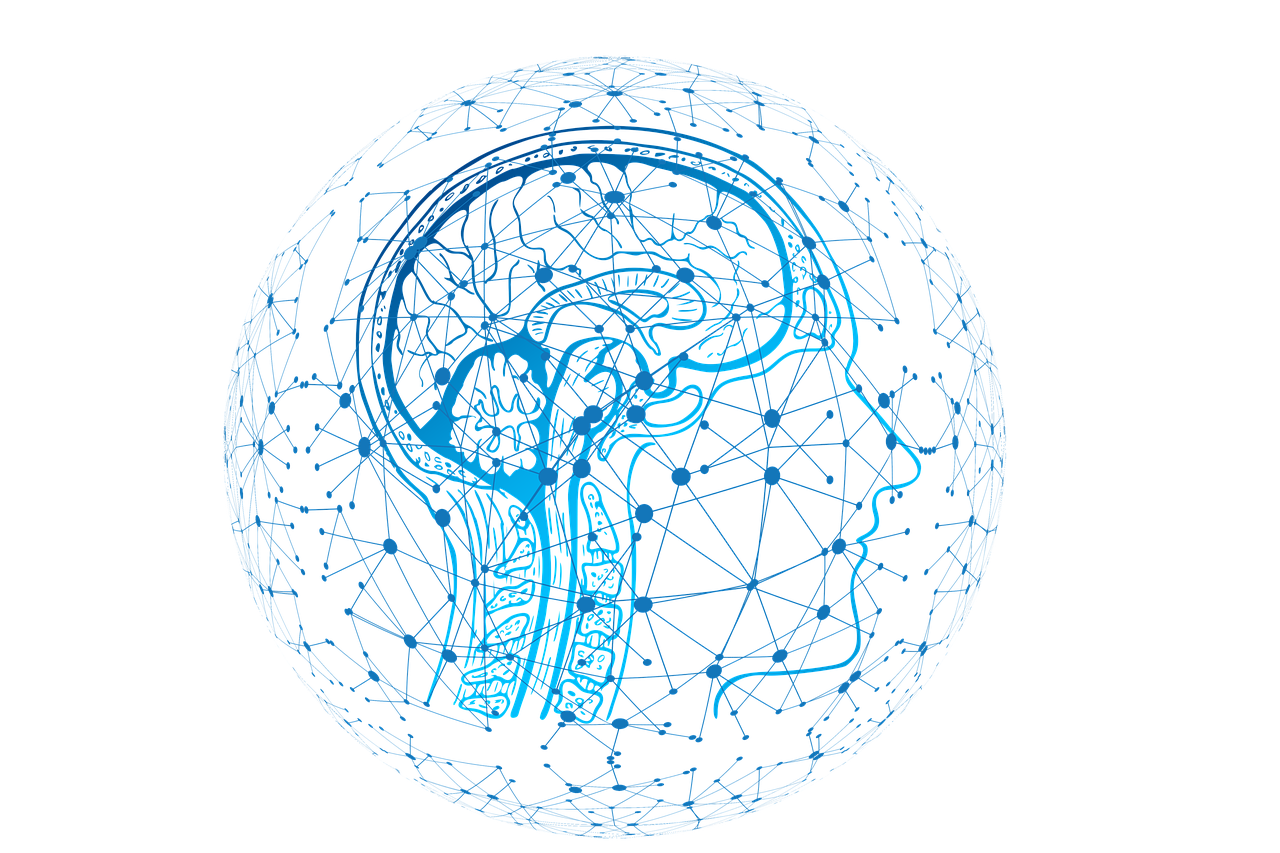
How To Leverage ChatGPT For Developing Metrics Dashboards

Developing metrics dashboards is a critical task for businesses aiming to track and analyze their performance. With continuous advancements in artificial intelligence, incorporating ChatGPT into the process can be a game-changer, allowing the creation of interactive and dynamic metrics dashboards. In this article, we will delve into the steps to effectively leverage ChatGPT for the development of metrics dashboards.
What is Metrics Dashboards
Metrics dashboards serve as dynamic tools to monitor and analyze key performance indicators (KPIs) and crucial metrics in real-time. These dashboards provide a visually intuitive representation of data, allowing users to make informed decisions and track progress effortlessly. By leveraging ChatGPT for developing metrics dashboards, you harness the power of natural language processing to enhance the user experience and gain deeper insights from your data.
Role of ChatGPT for Developing Metrics Dashboards
ChatGPT plays a transformative role by infusing natural language processing capabilities. This advanced technology facilitates a seamless interaction between users and data, enhancing the overall dashboard experience. With ChatGPT, users can effortlessly query and interpret data using conversational language, breaking down barriers for those not versed in complex data analytics. The integration of ChatGPT empowers developers to create dashboards that not only visualize metrics but also provide a user-friendly, interactive interface.
Steps to Leverage ChatGPT for Developing Metrics Dashboards
Step 1: Define Your Dashboard Goals
Before delving into the technicalities, it’s crucial to establish clear goals for your dashboard. Identify the key metrics to track and the insights you intend to gain. This initial step sets the foundation for the scope and structure of your metrics dashboard.
Step 2: Gather Data
The subsequent step involves gathering the necessary data for your metrics dashboard. Identify data sources and ensure access to essential data points. Clean and reliable data are vital for generating accurate insights and can be collected from various platforms, including CRM systems and social media.
Step 3: Preprocess and Clean the Data
Having gathered the data, it’s essential to preprocess and clean it before integrating it into ChatGPT. This process entails removing irrelevant or duplicate data, handling missing values, and standardizing data formats to ensure meaningful insights from ChatGPT.
Step 4: Train ChatGPT
The next crucial step is to train ChatGPT using the preprocessed data. Leveraging techniques like fine-tuning or transfer learning, depending on your requirements, enables the model to provide accurate and relevant insights based on the provided data.
Step 5: Design the Dashboard Interface
Designing an intuitive and user-friendly dashboard interface is vital for effective data visualization. Consider the target audience and their requirements when designing the interface, ensuring easy navigation and visually appealing charts and graphs to present metrics comprehensively.
Step 6: Integrate ChatGPT with the Dashboard
The key to leveraging ChatGPT’s capabilities is integrating it seamlessly with the dashboard. Develop a smooth integration between ChatGPT and the dashboard interface, allowing users to interact with the model for insights. This integration can be achieved through APIs or custom code based on your technical requirements.
Step 7: Test and Iterate
After integrating ChatGPT with the dashboard, thoroughly test its functionality. Test various scenarios and user interactions to ensure accurate and reliable responses. Iterate on the design and functionality based on user feedback to continuously enhance the dashboard’s performance.
Step 8: Monitor and Maintain
Post-deployment, monitoring the dashboard’s performance and maintaining its accuracy are crucial. Regularly update data sources and retrain ChatGPT to keep it aligned with evolving metrics. Monitor user feedback, addressing any issues or improvements, ensuring the dashboard remains a valuable tool for data analysis.
The Benefits of Using ChatGPT for Developing Metrics Dashboards
User-Friendly Interface
ChatGPT offers a natural language interface, eliminating the need for complex coding. Non-technical users can easily interact with the AI model to customize their metrics dashboards.
Rapid Prototyping and Iteration
Businesses can quickly prototype and iterate their dashboards by conversing with ChatGPT. This agile approach accelerates the development process, allowing for timely adjustments and improvements.
Natural Language Understanding
ChatGPT’s ability to understand and interpret natural language queries facilitates intuitive data exploration. Users can ask questions and receive real-time insights without the need for complex query languages.
Customization and Personalization
The flexibility of ChatGPT enables users to personalize their dashboards. From setting preferences to receiving tailored insights, customization ensures alignment with specific user needs.
Prompts For ChatGPT For Developing Metrics Dashboards
Prompt 1
“Hello ChatGPT, Our company is looking to optimize our partnership programs and gain a better understanding of their performance. We are seeking your assistance in generating a comprehensive list of KPIs that are relevant to our partnership program with Partner Company Name. Our objective is to track our Insert Goal or Objective and we want to ensure that our KPIs are aligned with these goals. We would also like your help in setting measurable goals and targets for each of our selected KPIs.”
Prompt 2
“Hello ChatGPT, Our company recognizes the importance of social media engagement and reach in today’s digital age, and we want to ensure that our partnership programs are effectively utilizing social media platforms. However, we are unsure of where to start. We would like your assistance in identifying the most important social media KPIs for tracking and analyzing data related to our partnership programs. Additionally, we would appreciate any tools and strategies that you can recommend for tracking and analyzing this data.”
Prompt 3
“Hello ChatGPT, Our company is interested in developing a real-time partnership metrics dashboard that is user-friendly, customizable, and scalable. We believe that this dashboard would be a valuable tool for our team and partners to access and update on a daily or weekly basis. We would appreciate your assistance in developing this dashboard and providing recommendations for relevant tools or software that we can use for this purpose.”
Prompt 4
“Hello ChatGPT, Our company has collected a substantial amount of partnership metrics data and we would like to extract insights from this data to inform our strategy and decision-making. We require data modeling and visualization services to assist us in identifying trends and patterns that can inform our approach. We would appreciate your recommendations for statistical or analytical methods that we can use to extract insights from our partnership metrics data.”
Prompt 5
“Hello ChatGPT, Our company is looking to share our partnership programs’ performance and impact with our partners and stakeholders on a quarterly or yearly basis. We believe that a report or presentation summarizing our key achievements and milestones would be an effective means of achieving this goal. We would like your assistance in developing this report or presentation, including highlighting our key achievements and milestones.”
Read More: Learn Using ChatGPT for Social Media Style Guide.
Tips for Leveraging ChatGPT for Developing Metrics Dashboards
Clearly Define Your Objectives
Before interacting with ChatGPT, clearly define your objectives and the metrics you want to track. Specific and relevant questions yield more meaningful insights.
Experiment and Iterate
Embrace experimentation and iteration with ChatGPT. Utilize its rapid prototyping capabilities and gather feedback to refine and improve your metrics dashboard over time.
Validate Insights with Domain Experts
Collaborate with domain experts to validate insights provided by ChatGPT. This ensures accuracy and relevance, building trust among stakeholders.
Maintain Data Quality and Security
Prioritize data quality and security. Ensure reliable and up-to-date data sources, implement data governance practices, and monitor data integrity regularly.
Provide User Training and Support
Despite its user-friendly interface, offering training and support is crucial. Conduct training sessions to familiarize users with ChatGPT, ensuring they maximize its benefits.
Final Words
Leveraging ChatGPT for developing metrics dashboards can revolutionize how businesses analyze and interpret their data. By following these steps, you can harness the power of ChatGPT to create interactive and insightful metrics dashboards that drive informed decision-making. Remember to define your goals, gather and preprocess the data, train ChatGPT, design an intuitive interface, integrate it with the dashboard, test and iterate, and finally, monitor and maintain the dashboard for optimal performance.
For more such information come to our array of prompts to the way of your work.








